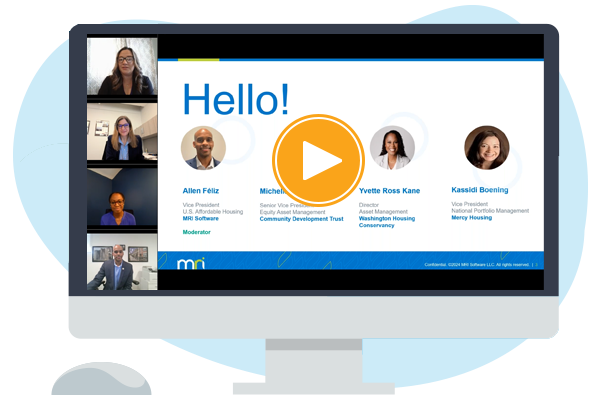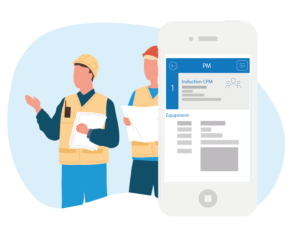Salesforce to acquire MuleSoft: A turning point for enterprise software
This just may be the turning point for enterprise software as we know it. Welcome to the open and connected world.
The largest SaaS provider, Salesforce, has entered into an agreement to acquire MuleSoft, a leading integration platform. Why is this the bellwether event? Because the leader in SaaS (and arguably PaaS) just made interoperability and integration a huge strategic priority.
Typically, when an enterprise software provider makes an acquisition, they do so to specifically bolster their own capabilities by either breadth or depth. They are looking to either add capabilities or to grow market share.
In place of acquiring a technology that broadens their own capabilities, Salesforce is acquiring a platform that lets them connect their technology to others. This is a different type of move. It is not inwardly focused – it is focused on connecting Salesforce to others.
In their own words, here is why this makes sense (excerpted from the press release):
Marc Benioff, Chairman and CEO, Salesforce: “Together, Salesforce and MuleSoft will enable customers to connect all of the information throughout their enterprise across all public and private clouds and data sources—radically enhancing innovation.”
Greg Schott, MuleSoft Chairman and CEO: “Together, Salesforce and MuleSoft will accelerate our customers’ digital transformations enabling them to unlock their data across any application or endpoint.”
This is a compelling vision. Salesforce wants to connect all the information throughout their enterprise, unlock data across any application or endpoint and do it across both public and private clouds.
A new era for openness and integration
However, to be truly successful, Salesforce and MuleSoft will need willing participants in integration. They will need other software providers to be open to, well, being open. This announcement should have every provider of software assessing how easily they can play in a more and more connected environment. It should also have every CIO wondering just how hard or easy it will be to connect to the various applications in their enterprise’s application portfolio.
When your executives ask you to adopt this new technology to unlock the value it will bring, I hope the software platforms you’re leveraging will be ready to meet the challenge. I hope they are already focused on being open and connected.
For help in assessing the openness of your enterprise software provider, check out my prior piece on 10 ways to tell if your enterprise software provider is truly open.
My former Gartner colleagues predicted this type of behavior when they described Post-Modern ERP.
This action and the vision behind it are going to drive lasting change across the landscape of enterprise software and enterprise business. You won’t be able to hide from this.
But don’t take it from me. Check out some of the other press coverage of this announcement:
Tech Crunch Coverage by Ron Miller, quoting Ray Wang, founder and principal analyst at Constellation Research:
“This is the heart of Salesforce’s M&A strategy. They have to integrate, orchestrate, and manage microservices in their future roadmap,” Wang said. “The AI-driven world ahead needs contextual microservices.” Microservices are a way of building applications made up of small, distinct pieces, rather than the single, monolithic application we tended to build in the past. This makes changing and updating easier and more efficient.
Coverage on Bloomberg:
“This acquisition will expand Salesforce.com’s Platform-as-a-Service portfolio of products,” said Anurag Rana, an analyst at Bloomberg Intelligence. These platforms let companies easily build applications that suit their specific needs, he added.
From the Morning Download of WSJ
CIO Journal’s Angus Loten spoke to Salesforce President and COO Keith Block about the strategy behind the deal: Says Mr. Block:
What makes APIs so valuable? “As we were listening to CEOs, the whole notion of integration and data kept coming up over and over again. They are so frustrated that they can’t unlock data from their legacy systems. That is the strategic nature of why we are acquiring MuleSoft.”
From Forbes – Bob Evans #InTheCloud
…some key realities that I believe will ultimately prove that Benioff’s decision was not only appropriate but brilliant:
• While Salesforce is as pure-play a cloud company as you will ever find, probably 99% of its customers are blending Salesforce’s SaaS with legacy apps and systems.
• And, every major cloud vendor is doing everything within its power to extend into as many of the three layers of the cloud—IaaS, PaaS and SaaS—as possible because that’s what big corporate customers want and need those cloud vendors to do. In buying MuleSoft, Salesforce takes a huge step in complementing its world-leading SaaS business with additional and highly strategic platform capabilities.
If I take the highlights from these well-known sources, we get the following points:
• There is a trend away from monolithic applications.
• There is a growing need to allow clients to build applications that meet their needs.
• There is a further need to unlock data from legacy systems and to blend SaaS and legacy systems.
If Salesforce comes knocking on our doors at MRI Software, we are ready to integrate. In fact, a few leading clients have already made use of our open architecture and API tools to integrate with Salesforce.
Being open and connected is core to our strategy. Is it core to the strategy of your enterprise software provider?
Affordable Housing Asset Manager Insights: Maximize Portfolio Performance by Supporting Housing Operators
From rising operational costs to increased demand for flexibility and technology, asset managers are navigating unique challenges to support property management teams while ensuring portfolio health and resilience. Recent MRI research delves into the…

